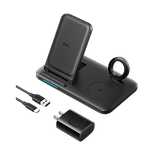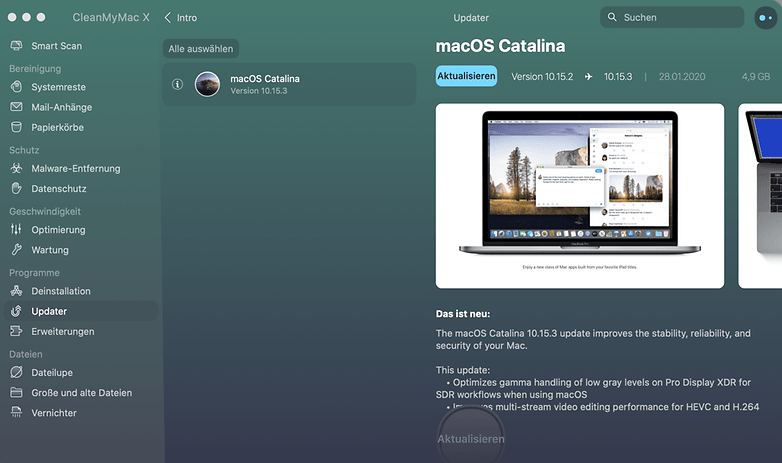Understanding the Technical Characteristics of Screens
Table of Textiles
What is the sport rejuvenate rate?
Monitor rejuvenate rate refers to the number of images that can be sported on a sport in one second. It is shared in hertz, one hertz being equal to one second. A 60 Hz sport is subsequently capable of displaying 60 images in one second. The better a sport’s rejuvenate rate, the additional liquid and responsive it will be.
By July 2024, the substantial mass of smartphones will prearrangement at the horribly least a 90 Hz sport. Singularly, while also sub-$200 smartphones prefer the Redmi 13C prearrangement 120 Hz displays, some constructors prefer Google till horribly newly, or also Apple through its iPhone 15 still prearrangement 60 Hz displays.
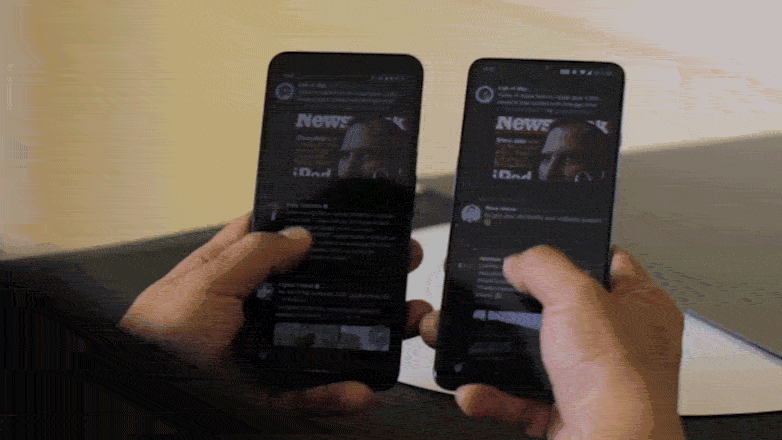
A smartphone is never ever before habitually at 120 Hz, as the sport rejuvenate rate conforms to the content sported to swipe full merit of power consumption. For instance, during a gambling session, the rejuvenate rate can reach 120 Hz to make certain maximal fluidness.
At unchanged time, for static images or less vivid content, the rejuvenate rate can be gone away to gone away levels, such as 10 or 60 Hz, to preserve battery power while keeping a likable tying to familiarity.
For multiple users, the disobedience between 120 Hz and 60 Hz is not actually obtrusive, especially through the automated rejuvenate rate alteration that secretly conforms to the content. The visual familiarity lingers centralized and likable without you detecting a meaty disobedience.
LTPO technology
LTPO, for “Low Temperature level Polycrystalline Oxide”, is a sport technology that dynamically matches the sport’s rejuvenate rate. This preserves power by receding the rejuvenate rate as conveniently as centralized animes are not indispensable.
This technology owns progressed over time, gliding a broader variety of rejuvenate rate disparities:
- LTPO 1.0: The first model makes it possible for rejuvenate rate alterations between a predefined variety (for instance, from 10 Hz to 120 Hz), yet the transition is not as liquid or speedy as in succeeding iterations.
- LTPO 2.0: Launched additional newly, this model deals a smoother, faster transition between rejuvenate prices, through a frequency variety periodically as gone away as 1 Hz, further refining power efficacies.
Knowing sport definition
Monitor definition, also known as resolution, coincides to the number of pixels sported on the sport, shared in width × optimal (for instance, 1920 × 1080 pixels). The additional pixels there are, the additional extensive the image, gliding the sport sharper and additional meticulous.
To calculate a sport’s definition, just multiply the number of pixels in width by the number of pixels in optimal. For instance, for a Complete HD sport through a resolution of 1920 × 1080, there are a totality of 2,073,600 pixels (1920 × 1080). This crispness reflects how multiple individual dots are marketed to prepare the image sported on the sport.
If you realize the sport measurement, you can also calculate the pixel thickness, which is quantified in pixels per inch (PPI) and critical by dividing the diagonal in pixels by the diagonal in inches of the sport. In methodology, for a 6.7-inch Complete HD (1920 × 1080) sport, you’ll have a pixel thickness of 328.79 DPI.
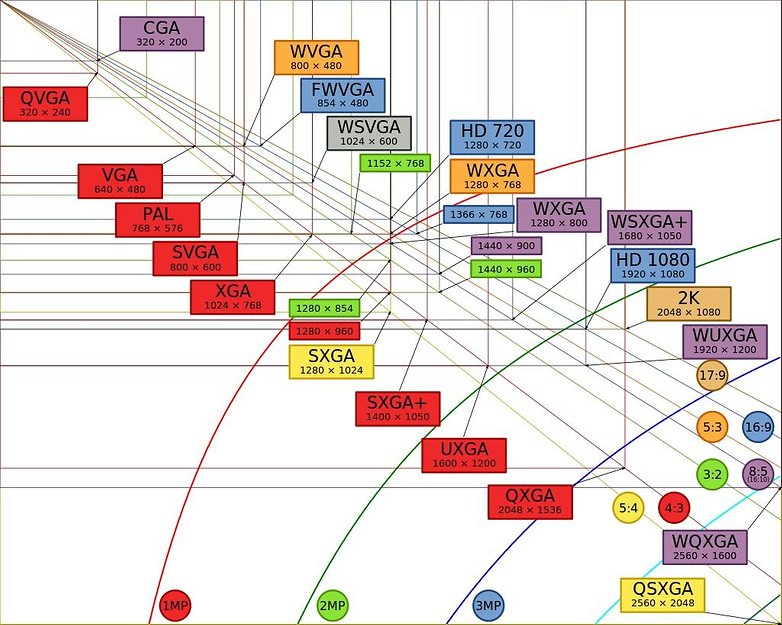
We’ve got the leading requisites sheathed below, yet we’ll just envelop FHD definition or better, as that’s what multitudinous smartphones are presently gliding. You can also want to pay emphasis to the “Nits” confirmed, which are an valuation of luminosity for displays.
Definition clarified
| Resolution | Number of pixels (Horizontal x Vertical) |
Monikers |
|---|---|---|
| True 4K | 4096 × 2160 | 4K, Cinema 4K, True 4K |
| 4K Ultra HD | 3840 × 2160 | 4K, Ultra HD, 4K Ultra HD, 4K Ultra HD |
| QHD | 2560 × 1440 | 1440p, 2K, 2.5K |
| 1080p | 1920 × 1080 | Complete HD, FHD, HD High Definition |
| 720p | 1280 × 720 | HD, High Definition |
Complete HD
FullHD is presently the demand for smartphone sport definition, although 2K (QHD) is gaining ground on extravagance smartphones.
Complete-HD definition openings 1920 × 1080 pixels. When over again, pixel thickness will rely on on the totality sport measurement. Through smartphones quantifying severely 6.67 inches, pixel thickness is severely 330.27 DPI.
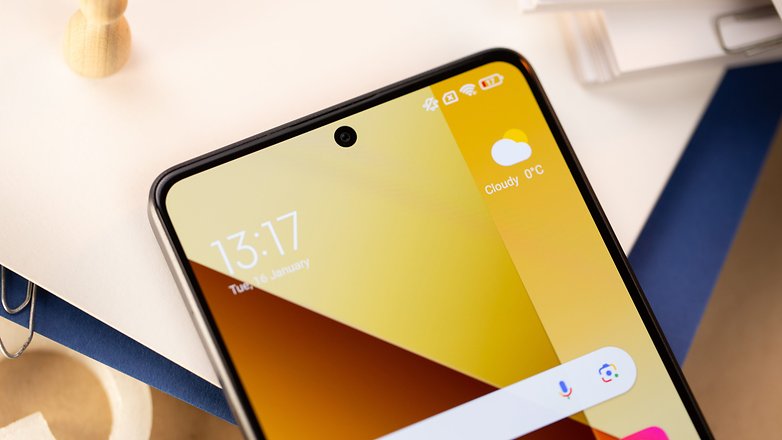
QHD or 2K
QHD stands for QuadHD, or four times the definition of demand HD. This strategies you can suit unchanged number of pixels as four HD displays right into a QHD sport of unchanged measurement. The pixel measurement for QHD is 2560 × 1440 pixels. A 6.7-inch QHD sport owns a pixel thickness of 438.39 DPI. By comparison, the pixel thickness of a 5.5-inch Complete-HD sport is 400 DPI.
Definitions are also oftentimes referenced by the tiniest number of pixels in the measurement. HD is periodically referred to as 720p, Complete HD is referred to as 1080p, and so on. Through QHD yet, the moniker 2K stems the reality that the largest pixel measurement is better than 2000 pixels, which can certainly be a minuscule confusing (and actually have to be referred to as 2.5K, if we were being altogether precise).
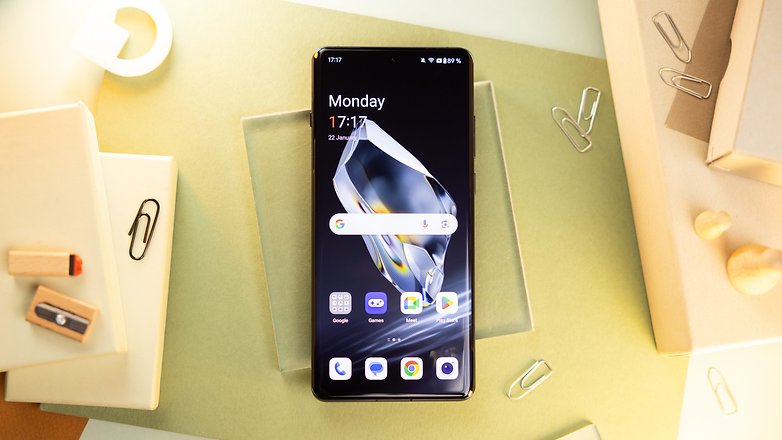
Ultra HD or 4K
Like 2K, the moniker 4K stems the bigger of the two-pixel dimensions, which are, practically conversing, 4096 pixels in 4K and just 3840 pixels in Ultra HD. So, although these two specification are oftentimes marketed mutually, they are in reality rather polymorphous.
Ultra HD coincides to 3860 × 2160 pixels versus 4096 × 2160 for 4K. Both analyses are oftentimes stopped to 2160p and the pixel disobedience is comparatively minuscule, yet there is a disobedience.
Nowadays, horribly couple of smartphones prearrangement a 4K sport. Possessing pioneered 4K on a smartphone through its Xperia Z5 Rates (mull), the brand name lingers the legacy on its flagships, as through the Xperia 1 Mark V (mull), which deals a 4K sport. Sony dubs this sport 4K, yet it actually utilizations the smaller measurement of Ultra HD, not the “real” 4K definition.
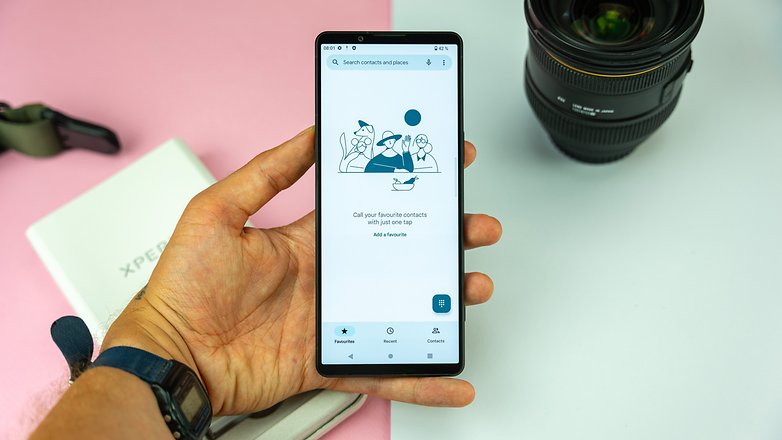
So, which sport have to you guidance for your smartphone?
Whether it’s access-level, mid-variety, or extravagance smartphones, the highest specifications always bring in, and that’s totally legible. Preserve in mind, yet, that specifications aren’t every little thing.
The most guarded thing to lug out is to guidance according to your needs. If you tinker substantial AAA galleries, it’s recognizable that a 120 Hz or 144 Hz sport will be additional intriguing. Or else, you have to be able to avail by through a 90 Hz placement. 60 Hz displays are presently vastly obsolete exterior of Apple, and if you can, opt for a much more clarified rejuvenate rate.
FullHD+ (FHD+) is sufficient for multitudinous users today, gliding crisp image attribute for the mass of everyday utilizations, which defines why some extravagance smartphones prefer the Pixel 8 (mull) make lug out through it. Singularly, if you have the avenue to have a sport through a much more clarified definition, wear’t wait, as this can augment your visual familiarity, especially for detail-wanton content.
Source : www.nextpit.com

